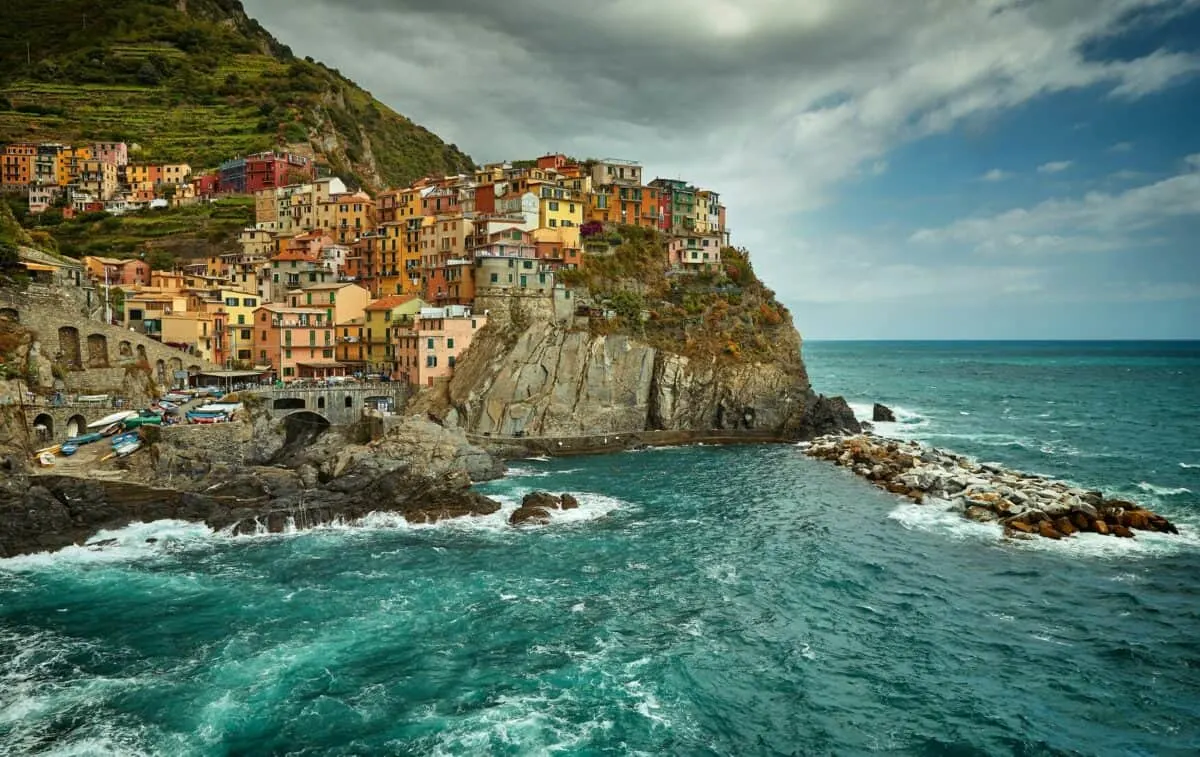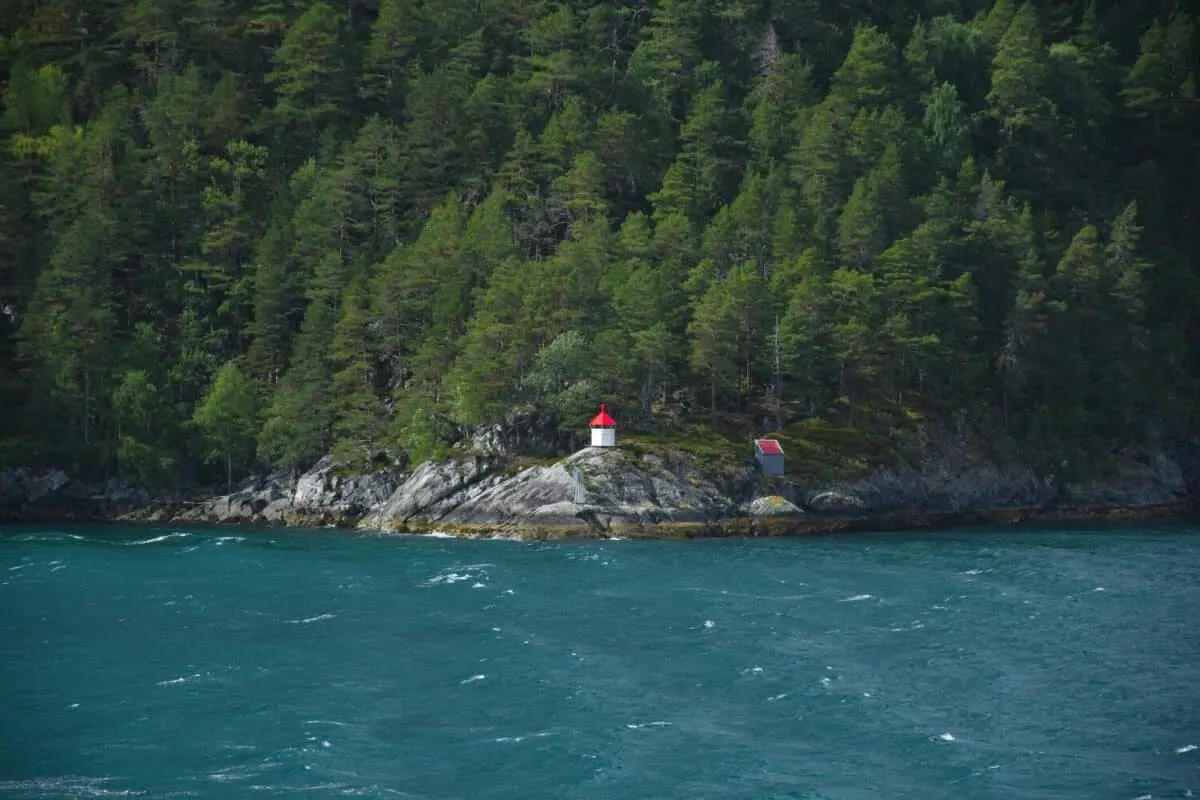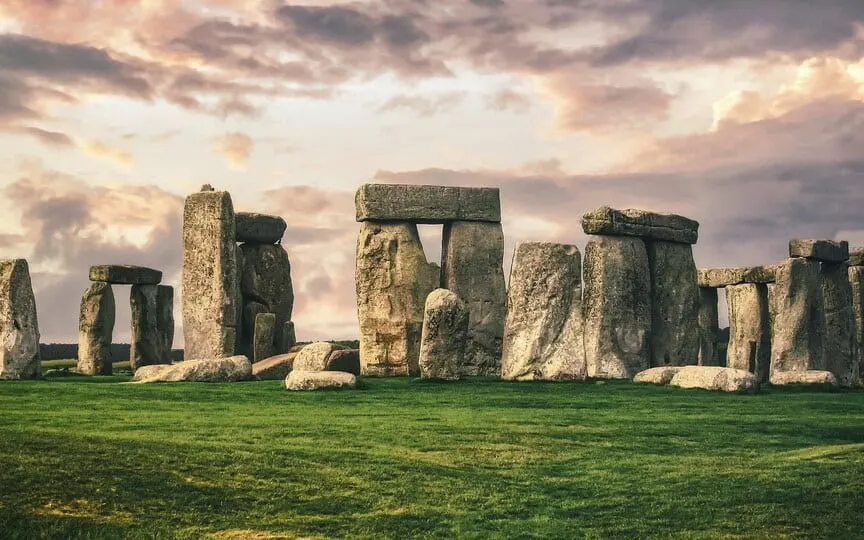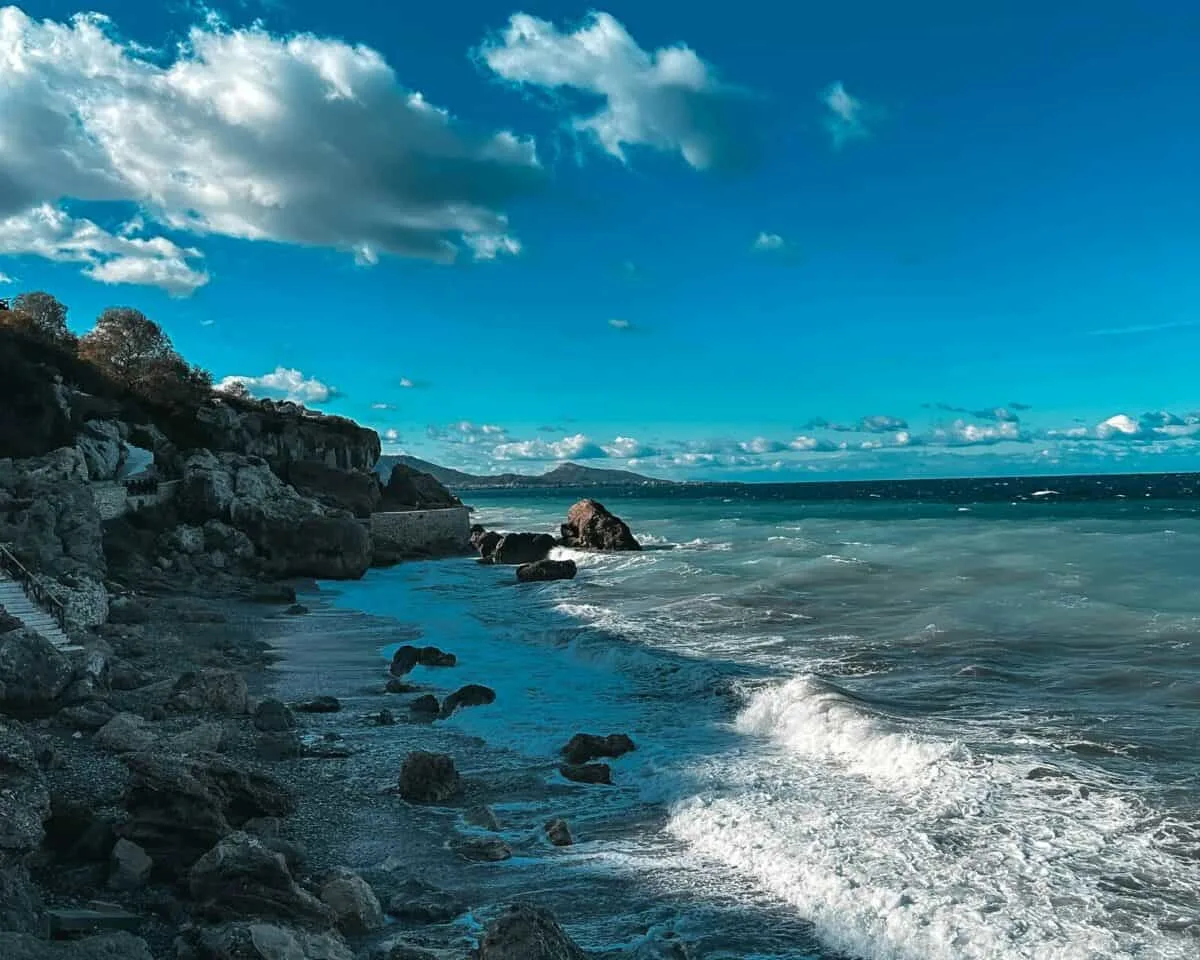Europe has a long list of world-famous destinations, attracting roughly 600 million travelers annually.
There are 50 countries to explore, each with an eclectic mix of ancient ruins, architectural delights, and natural wonders. You can climb mountains, see iconic artworks, walk streets worn smooth by a thousand years of footfall, and swim in teal seas — sometimes all on the same day.
Nevertheless, some European vacations stand out for their wow factor. The following eight trips offer showstopping, jaw-dropping, bucket-list-worthy adventures so extraordinary they represent the very best of this diverse continent.
Touring Cinque Terre, Italy

Italy’s northwestern coast is home to five age-old fishing villages: Monterosso al Mare, Vernazza, Corniglia, Manarola, and Riomaggiore. Collectively, they’re known as Cinque Terre.
While each location has a distinct flavor, they’re united by their picturesque setting, colorful buildings, unique charm, and a shared history dating back centuries.
You can walk between each village via scenic coastal trails or catch a train to save time. Either way, exploring Cinque Terre is a real treat. The atmosphere and aesthetics make it one of Italy’s most beloved places.
The best time of year to visit Cinque Terre is from April to October, but you’ll enjoy smaller crowds at the start and end of that period. For the sunniest, warmest weather, go from June to August (just make sure you book well in advance to secure accommodation).
Driving the Golden Circle in Iceland
Iceland is a bucket-list European destination famous for its wild and untouched landscapes. Windswept black-sand beaches, giant waterfalls, natural hot pools, and unique geological features make it a paradise for outdoor enthusiasts.
Chief among its tourist activities is the Golden Circle. This scenic route starts and ends at the capital, Reykjavík, and ticks off several of Iceland’s most iconic sights. Over one to three days of driving, you’ll visit the Gullfoss waterfall, Geysir geothermal area, Thingvellir National Park, and many other smaller attractions.
The best time to visit Iceland depends on the experience you want to have. Naturally, the longest days and nicest weather occur in summer (June through August). Yet anyone desperate to see the northern lights should go between September and April.
Cruising Down Norway’s Fjords

The scale and beauty of Norway’s fjords are indescribable. Up and down the coast, these rugged cliffs carpeted in trees rise hundreds of meters above deep, glassy waters. Mighty waterfalls, wildlife, Viking settlements, and Nordic villages are around every corner.
Whether you rent a kayak or join a cruise, getting onto the water is one of the best things to do here. Expect to feel dwarfed and awed by the experience wherever you do it. However, Geirangerfjord, Hjørundfjord, Nordfjord, Trondheimsfjord, and Nordfjord are a few of the best-known places (the first three are even UNESCO World Heritage sites).
In terms of timings, May through August offer the longest days and warmest weather. Late spring and early fall both have smaller crowds, but it won’t be as hot, sunny, or dry. In winter, Norway transforms into a snowy wonderland, which may or may not be your idea of fun.
Road Tripping Ireland’s Wild Atlantic Way
Ireland is a playground for history buffs and outdoor enthusiasts. Saturated with breathtaking scenery and attractions spanning thousands of years, there are memorable things to do nationwide. However, driving the Wild Atlantic Way is up there with the best.
This 1,600-mile route along the west coast runs between the Inishowen Peninsula (County Donegal) and ends in Kinsale (County Cork). As you go, you’ll pass many of the Emerald Isle’s most incredible places, including Slieve League, the Dingle Peninsula, Galway City, the Ring of Kerry, the Cliffs of Moher, and Achill Island.
The best time to visit Ireland is late spring or summer. The weather can be unpredictable year-round, but this is when you have the greatest chance of sunshine and warmth. The days are also nice and long.
Hiking the Comino de Santiago, Spain/France
The world has many famous pilgrimages, but few are better known than the Comino de Santiago (the “Way of St. James” in English). Rather than a single route from A to B, it’s a network of ancient pilgrims’ ways leading to the same destination: Santiago de Compostela and the eponymous cathedral at the city’s center.
The most popular route people take is called the Camino Frances (a.k.a. “The French Way”). Starting in the town of St. Jean Pied de Port, in France, they walk approximately 500 miles to the finish, guided by the emblematic scallop shell signs every step of the way. The Pyrenees, Pamplona (notorious for the running of the bulls), Burgos, and Leon are a few of the many highlights along the way.
If you’re hoping to do the Comino de Santiago, late spring to early fall (or April to October) is said to be the best window for it.
Exploring Rome, Italy
Rome’s reputation as a bucket-list destination precedes it. Sure, the city heaves with crowds year-round and can get unbearably hot in summer. But they’re small prices to pay for the chance to see its wonders.
The Roman Colosseum, Forum, and Palatine Hill offer unique glimpses into ancient history. From entering temples built 2,000 years ago to walking across the same stone floors gladiators would have done, the past is tangible. Yet this hardly scratches the surface of things to do while you’re in Rome! The Spanish Steps, Trevi Fountain, and Pantheon are just a few other top attractions in the vicinity.
Then there’s Vatican City. The fact you can see the Colosseum, St. Peter’s Basilica, and the Sistine Chapel on the same day makes exploring Rome one of the most unbelievable European vacations.
Watching Sunrise at Stonehenge, England

Stonehenge is probably the United Kingdom’s best-known ancient attraction. Although mystery still surrounds its origins and primary purpose, there’s no denying its majesty. This prehistoric stone circle on Salisbury Plain in Wiltshire, England, comprises dozens of giant monoliths that have stood sentinel for thousands of years.
There’s no “bad time” to visit Stonehenge. Go whenever you have a chance. That said, being there for sunrise on the winter or summer solstice makes for a particularly memorable experience.
First off, it’s wild. Thousands of people from all walks of life descend on the site to mark the occasion. Moreover, it’s quite profound watching the sun rise above the Heel Stone and flood the monument with light. You feel part of a tradition that people have been following for millennia.
Island Hopping in Greece

Hopping from one heavenly Greek island to the next is one of the most alluring European vacations you can go on. The country has over 200 inhabited islands offering the same winning trifecta: sun-kissed sandy beaches, turquoise waters, and historical sites/towns/villages.
A few of Greece’s most popular islands include:
- Corfu – Rugged mountains, a pristine coastline, luxury resorts, and a UNESCO-listed Old Town that dates to the 8th century BC.
- Santorini – The quintessential Greek island, expect gorgeous, whitewashed houses clinging to cliffs overlooking the Aegean Sea.
- Rhodes – World-class beaches and resorts, ancient ruins, and the UNESCO-listed medieval city of Rhodes with its huge, fortified walls.
- Mykonos – A supremely popular and picturesque place known for its centuries-old windmills and busy nightlife.
- Zakynthos – Also known as Zante, expect famous beaches, a mountainous interior, plenty of nightlife, and turtle sanctuaries.
Enjoy These Unforgettable European Vacations
With dozens of countries to choose between, each with its own claims to fame and enticing attractions, there are endless ways to spend a vacation in Europe. Whether you tour famous wine regions, explore medieval towns, hike in mind-blowing landscapes, or visit iconic cultural destinations, it’s rare to go anywhere and feel disappointed.
However, some European vacations are so outstanding they’re worth prioritizing. The trips above represent a selection of this continent’s most spectacular experiences. Be sure to consider them for your next adventure across the pond!
This article originally appeared on Travel Binger.

Danny Newman is a digital nomad from the UK who has been writing and travelling his way around the world for the last six years. Alongside his work as a freelance writer, Danny’s the founder of travel and lifestyle website, What’s Danny Doing, as well as the lifestyle and entertainment site, Wise Healthy n Wealthy.


